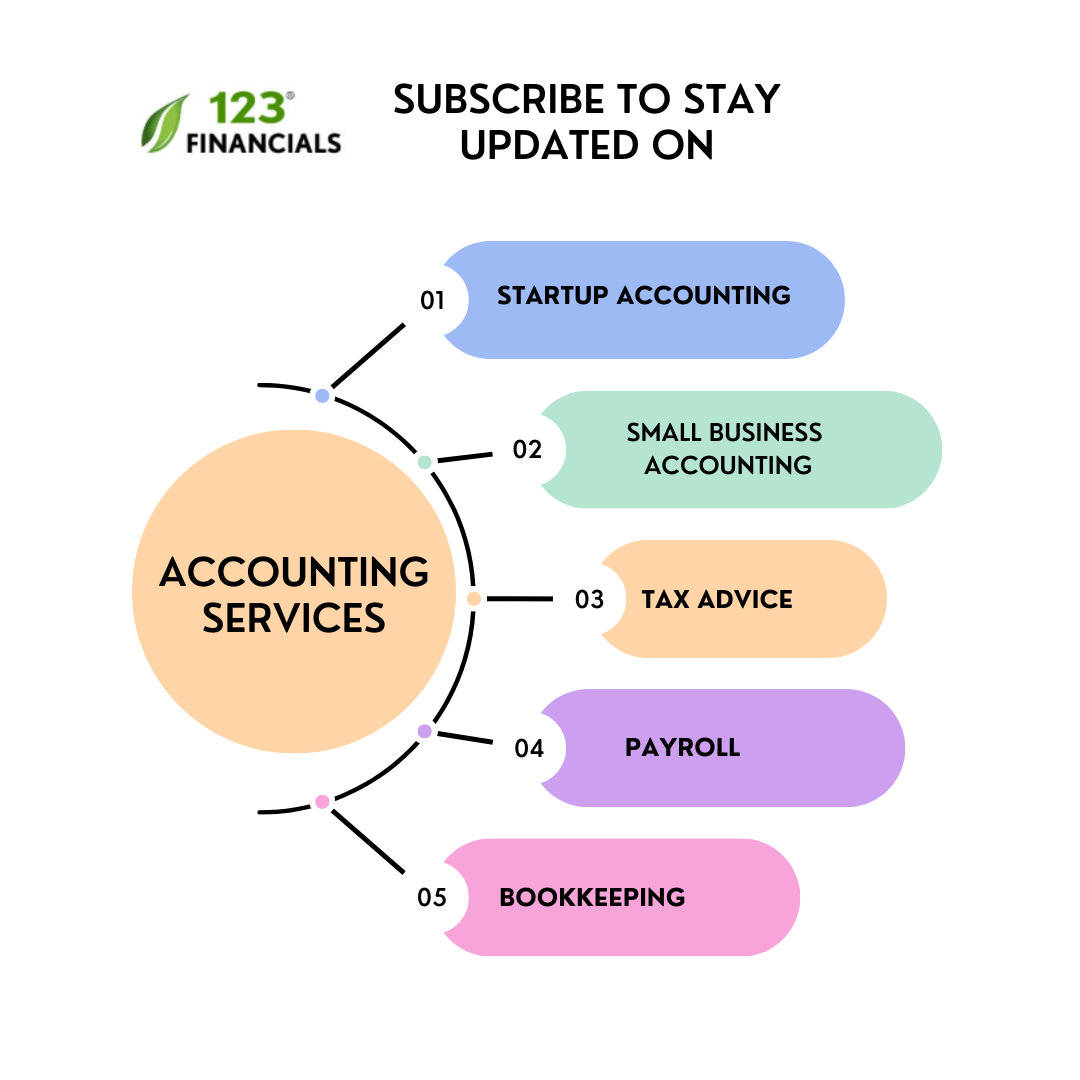In the constantly changing and competitive landscape of the UK business startup ecosystem, assessing performance and progress is crucial for operating growth and success.
Startup KPI’s are essential in offering useful information about various aspects of a startup’s operations, client satisfaction, and financial condition.
These indicators act as compasses, guiding business owners and participants toward data-driven decision-making and effective strategy development.
By comprehending and using these KPIs, startups can make educated choices that accelerate them toward long-term success in a constantly changing business environment.
Table of contents
● Key Performance Indicators for startup success
● Final thoughts
Hire a Startup Accountant
Work with a UK-based accountant for tax, accounting, payroll, & EIS/ SEIS needs.
Key Performance Indicators for startup success
1. Monthly Recurring Revenue (MRR)
MRR is an essential metric for startups that provide subscription-based services or goods. It signifies the new company’s monthly predictable revenue from its recurring income sources.
To determine the MRR, add up the monthly subscription charges or recurring charges from all current consumers.
Monitoring MRR lets new businesses track their revenue growth patterns over time. A consistent increase in MRR shows a reliable and profitable revenue stream, while a reduction may signal potential issues that must be addressed.
2. Customer Acquisition Cost (CAC)
CAC is the total expense incurred by the startup for finding a new customer.
This metric comprises various expenses, such as advertising and marketing costs, sales team salaries, and other expenses associated with customer acquisition efforts.
To calculate CAC, split the total acquisition costs by the number of new clients acquired within a particular time frame.
Maintaining CAC low is crucial for new businesses, as it shows effective and affordable customer acquisition strategies.
High CAC can result in difficulties with achieving profitability or expanding the business.
3. Customer Lifetime Value (CLV)
CLV is a growth metric for startups that indicates the estimated revenue that a new business can expect to generate from one client throughout its connection with the company.
It considers the average client lifespan and the revenue produced by the client during that time.
To determine the CLV, multiply the average revenue per client by the average customer lifespan (in weeks or years).
New companies must strive to maximise CLV by offering exceptional client experiences and encouraging long-term customer relationships.
A high CLV shows that the startup’s clients are generating significant income over time, making it simpler to justify customer acquisition expenses.
4. Churn Rate
The churn rate evaluates the proportion of customers who stop using the company’s service or goods within a specific period, usually a month or a year.
High churn rates can be detrimental to a startup’s profitability and development, as it shows clients need to find more value in their experience to stay engaged.
To determine the churn rate, divide the number of clients who churned during the period by the total number of clients at the beginning and then multiply by 100 to get the percentage.
Lowering churn rates through enhanced offerings for products and customer support can have a major effect on the startup’s achievement.
5. Gross Margin
Gross margin is an essential financial indicator that measures the profitability of a startup’s fundamental business operations.
It evaluates the difference between revenue and the cost of goods sold (COGS) as a proportion of income.
A healthy gross margin suggests the new company effectively manufactures its goods or services at a profit.
Maintaining a close eye on gross margin is vital, as it directly affects the company’s ability to cover operating costs and invest in expansion plans. A boosting gross margin over time indicates enhancing operational efficiency.
6. Run Rate
Run rate is an important indicator that projects a startup’s current performance and predicts its future performance over a year.
UK startups can get a quick overview of possible annual growth by extrapolating monthly or quarterly leads into annual figures.
However, it’s vital to approach this measure cautiously, as it assumes a steady expansion, which may only sometimes be the case in an ever-changing market environment.
Read also: How to become a startup accountant uk
7. Active Users/Customers
Knowing the number of active clients or users is essential for several reasons.
Firstly, it assists in assessing the demand and popularity of their goods or services in the market.
By monitoring the number of active users over time, new businesses can determine engagement and user behaviour trends, allowing them to optimise their products and services and user experiences.
In addition, the active user count is crucial for determining other KPIs like user retention rate and conversion rate.
Concentrating on boosting active users lets new businesses increase their customer base and grow their market presence.
8. Burn Rate
The burn rate reflects the rate at which they consume their cash reserves to pay for operational costs before achieving profitability.
A low burn rate suggests the new company is effectively controlling its expenses and is on a path to being financially viable.
On the other hand, a high burn rate may raise concerns among stakeholders and investors about the startup’s financial health and capacity to weather market uncertainties. Controlling the burn rate is crucial, particularly for early-stage startups that depend on raising money to support their growth.
Know more: What taxes do we need to pay as a startup in the UK?
9. Conversion Rate
Conversion rate is an essential measure which indicates how effective a startup’s advertising and user experience methods are in converting prospective consumers into actual consumers or taking other desired actions, like signing up for a publication or filling out the contact form.
Hire a Startup Accountant
Work with a UK-based accountant for tax, accounting, payroll, & EIS/ SEIS needs.
By maximising the conversion rate, new businesses can boost the return on their marketing investments while enhancing the overall effectiveness of their sales funnels. A/B testing, assessing user behaviour, and improving the user journey are some techniques that can help enhance the conversion rate.
10. User Retention Rate
User retention rate evaluates how well a UK startup retains consumers over time, often monthly or annually.
A high user retention rate indicates client fulfilment, commitment, and the ability of the good or service to meet customer requirements effectively.
New companies should closely analyse variables leading to high retention rates and work on tackling any problems that may cause customer churn. Enhancing user retention minimises the need for expensive client acquisition strategies while generating more consistent income streams.
Read More: Guide to starting your startup in UK
Final thoughts
Track and measure KPI’s for startups carefully, businesses can overcome challenges, seize possibilities, and build solid foundations for long-term success.
As the startup sector continues to thrive, utilising the power of KPIs will undoubtedly stay a vital component of success for aspiring startups across the UK.




















